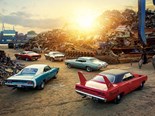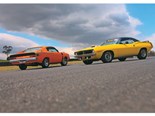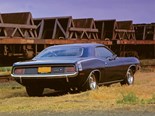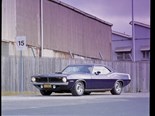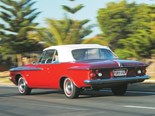Plymouth Superbird review
 Plymouth Superbird
Plymouth Superbird
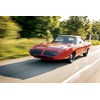
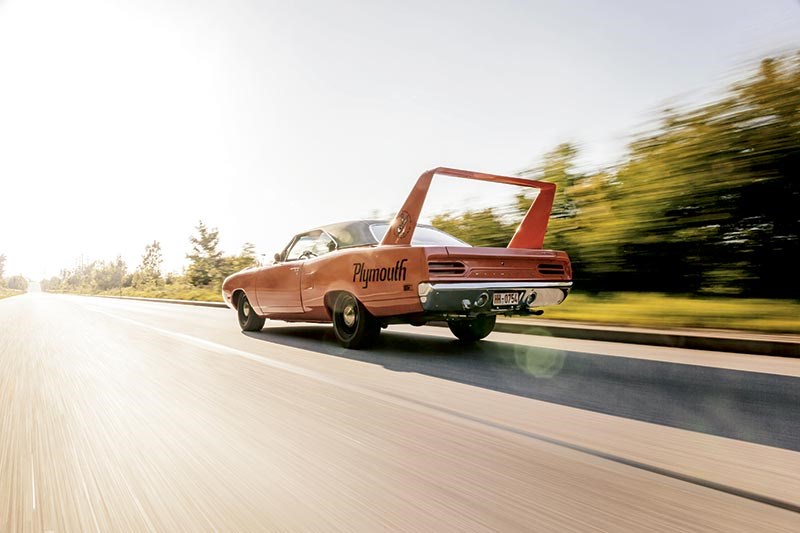 Plymouth Superbird
Plymouth Superbird

 Plymouth Superbird
Plymouth Superbird
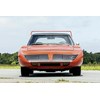
 Plymouth Superbird
Plymouth Superbird
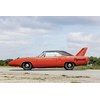
 Plymouth Superbird
Plymouth Superbird
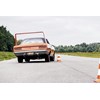
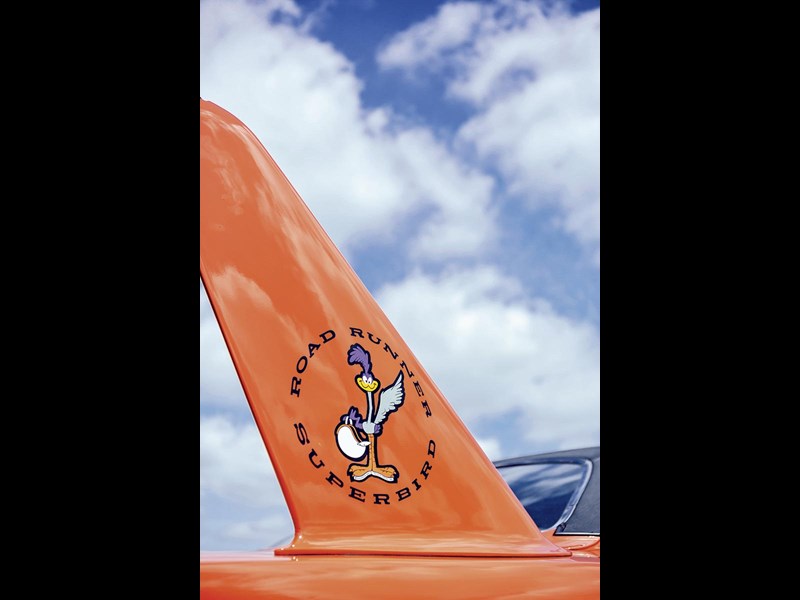 Plymouth Superbird
Plymouth Superbird

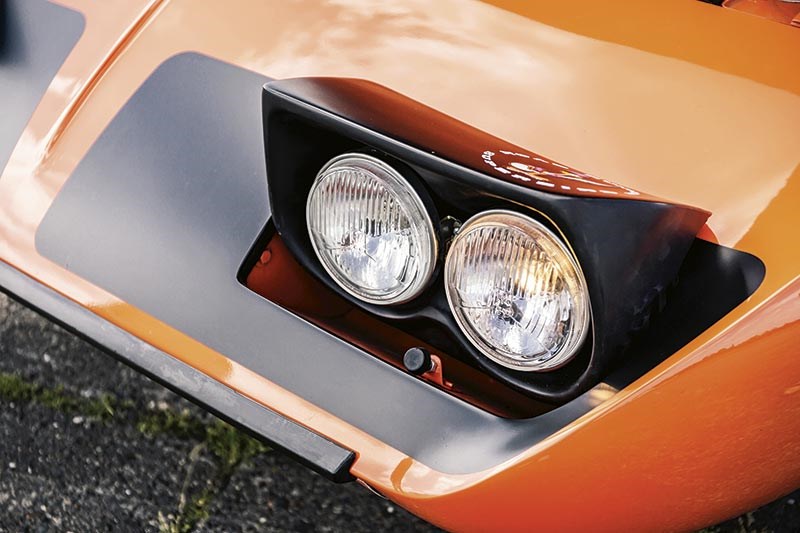 Plymouth Superbird
Plymouth Superbird

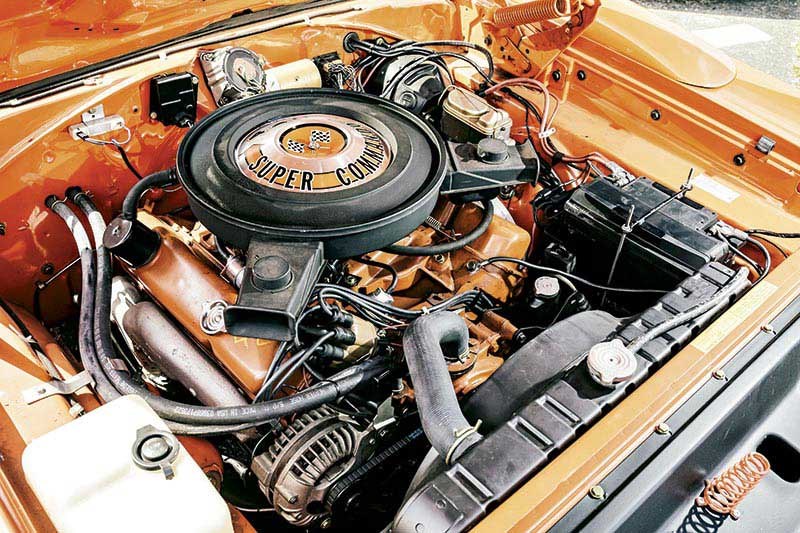 Plymouth Superbird
Plymouth Superbird

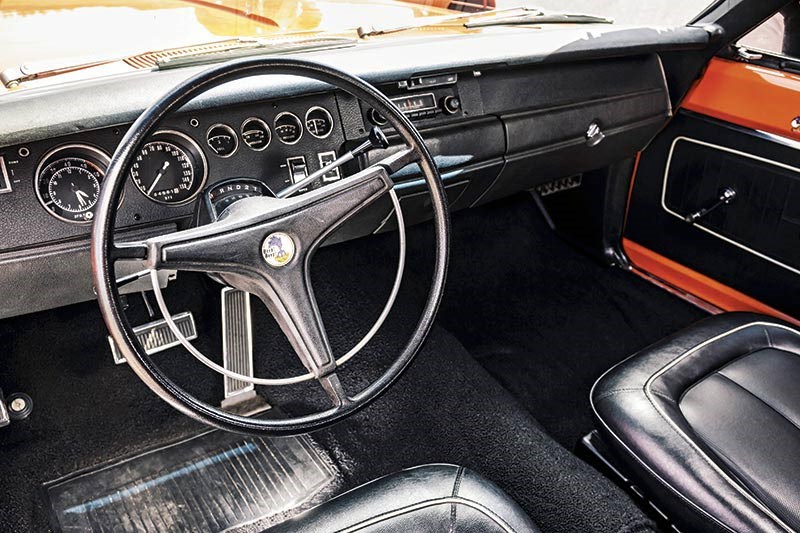 Plymouth Superbird
Plymouth Superbird

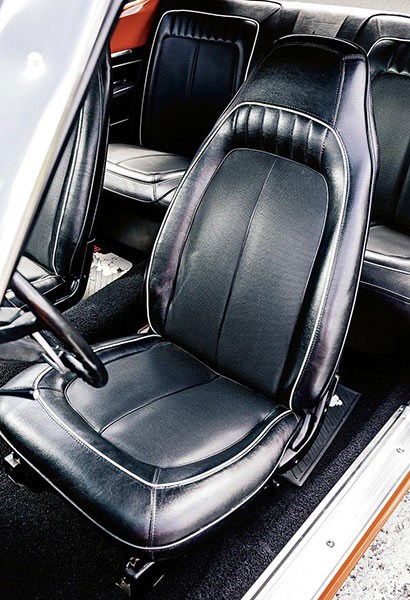 Plymouth Superbird
Plymouth Superbird

.jpg) US Muscle Car Showdown
US Muscle Car Showdown
.jpg)

|
|
Plymouth Superbird
|

|
|
Plymouth Superbird
|

|
|
Plymouth Superbird
|

|
|
Plymouth Superbird
|

|
|
Plymouth Superbird
|

|
|
Plymouth Superbird
|

|
|
Plymouth Superbird
|

|
|
Plymouth Superbird
|

|
|
Plymouth Superbird
|

|
|
Plymouth Superbird
|
.jpg)
|
|
US Muscle Car Showdown
|
US muscle car showdown #5: Plymouth Superbird. Possibly the funkiest US car ever...

|
|
US Muscle Car Showdown: Plymouth Superbird
|
Plymouth Superbird
US Muscle Car Showdown #5:
Plymouth Superbird - The Flyer
Possibly the funkiest US car ever: to climb the NASCAR podium the Plymouth Road Runner needed a prosthetic nose and wing with a capital ‘W’. Thus was born the Superbird.
Even for a period in the time-line of the American auto industry famed for crazy engineering, designs and colours, there’s one that surpasses them all: the Superbird.
No, it hasn’t been modified - this car is exactly how it would have left a Plymouth dealer in the early 1970s. The reason for the obvious additions was the same as it had been with its Charger Daytona predecessor and brethren: NASCAR success.
After two consecutive titles for Ford in 1968 and 1969, Chrysler needed to fight back and headed in a radical direction: the engineers took a new car into a wind tunnel and started testing a spoiler that ended up 58 centimetres above the body. It would have produced the same downforce from half that height, but would have made access to the boot impossible. After all, the car needed to remain practical everyday transport.
At least seeing the vertical strut of the wing in the mirror gives you some idea of where the rear of the car ends; where the nose of the car begins and ends involves rather more guesswork. The spongy Chrysler power steering responds as harshly as it did in the Charger, but at freeway speeds the aerodynamics begin to work, providing directional stability. The 727 Torqueflite tranny is smoother and more precise than any Mercedes unit of the era and can withstand 1000bhp. On America’s fastest ovals, Chrysler’s winged wonders could reach speeds above 200mph (321 km/h).
This highlights another practicality issue with the Superbird: running at race-pace all day meant getting enough air into the radiator to deal with the intense heat produced by the 7.2 litre engine. Sadly in modern traffic the car’s virtually unusable, as it’s permanently on the brink of overheating.
But, in a way, therein lies the charm: Chrysler built a race-optimised homologation car which was so impractical that many sat in dealerships for several years before being sold. Production may have only lasted for one year (1970) but you could still buy a new one as late as ’73.
The Superbird won 38 races in a 48 race Grand National Series, but a handful of violent accidents, including at least one caused by wing collapse, meant the wing-cars were outlawed in 1971.
SPECIFICATIONS
Plymouth Superbird
Engine: 7212cc V8
Power: 287kW @ 4600rpm
Torque: 651Nm @ 3200rpm
Weight: 2100kg
Gearbox: 3-speed auto
Brakes: discs/drums (f/r)
Top Speed: 240km/h
Value: Priceless...
The five contenders:
1. Pontiac GTO
2. Ford Torino
5. Plymouth Superbird
Unique Cars magazine Value Guides
Sell your car for free right here
Get your monthly fix of news, reviews and stories on the greatest cars and minds in the automotive world.
Subscribe

.jpg)




.jpg)
